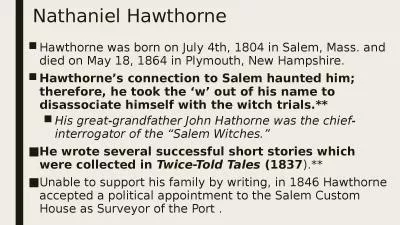PPT-By Nathaniel Hawthorne
Author : alexa-scheidler | Published Date : 2016-08-07
The Ministers Black Veil How did the Ministers parishioners react to the veil Silly quiz 5 To develop vocabulary and word identification skills To use a variety
Presentation Embed Code
Download Presentation
Download Presentation The PPT/PDF document "By Nathaniel Hawthorne" is the property of its rightful owner. Permission is granted to download and print the materials on this website for personal, non-commercial use only, and to display it on your personal computer provided you do not modify the materials and that you retain all copyright notices contained in the materials. By downloading content from our website, you accept the terms of this agreement.
By Nathaniel Hawthorne: Transcript
Download Rules Of Document
"By Nathaniel Hawthorne"The content belongs to its owner. You may download and print it for personal use, without modification, and keep all copyright notices. By downloading, you agree to these terms.
Related Documents



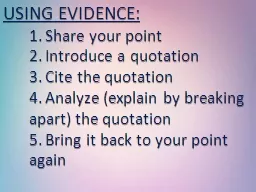
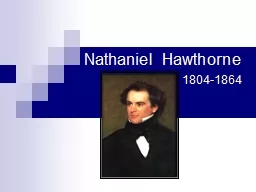
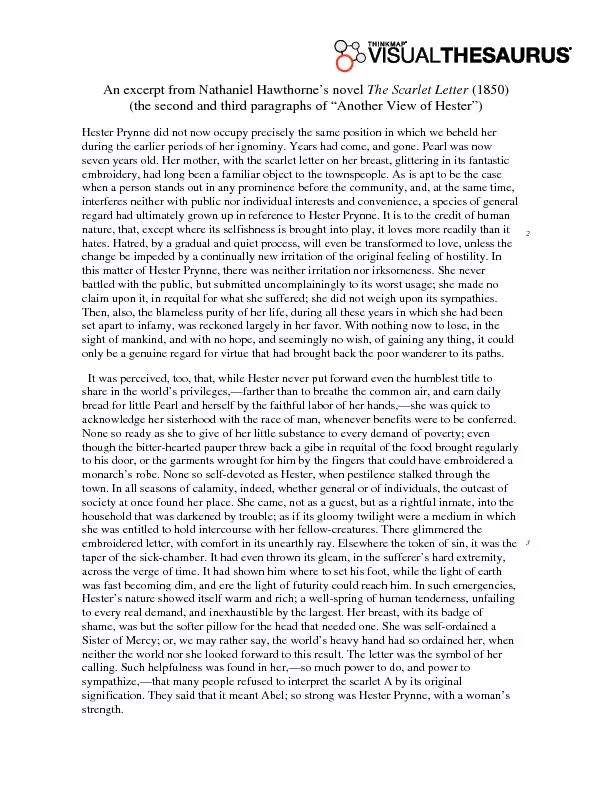
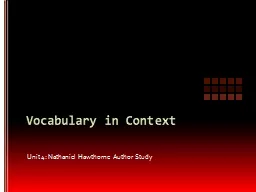

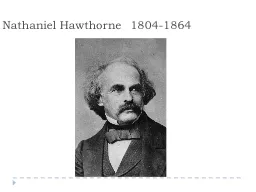

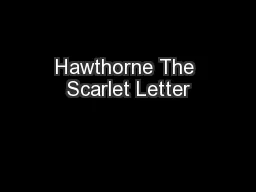


![[READ]-The Scarlet Letter by Nathaniel Hawthorne (Illustrated)](https://thumbs.docslides.com/987035/read-the-scarlet-letter-by-nathaniel-hawthorne-illustrated.jpg)
